List of 10 Famous Ancient Egyptian Pharaohs
Menes (c. 3201 - 3101 BC)
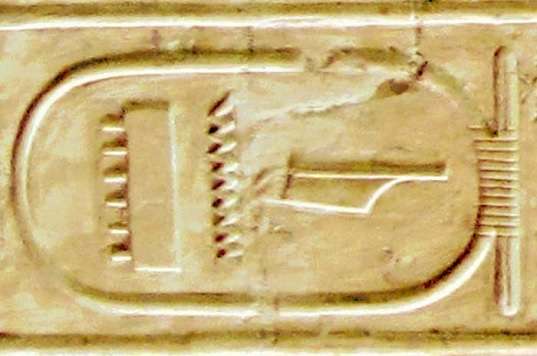
Menes, who is also thought to have been called Narmer, was the first Egyptian pharaoh after the unification of Upper and Lower Egypt. Therefore, he was the founder of the 1st Dynasty at around 3150 BC. Menes is shown on inscriptions wearing the two crowns of Egypt. According to some sources, he is not only credited with the unification of Egypt but also with diverting the route of the Nile in Lower Egypt. Memphis, the royal capital of ancient Egypt, was founded by him on the reclaimed land.
Tutankhamun (c. 1341 - 1323 BC)
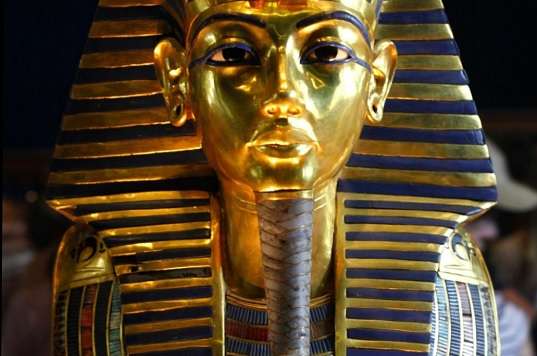
Tutankhamun is perhaps the most famous Egyptian pharaoh, for various reasons. The boy pharaoh was the youngest in Egyptian history. He ascended to the throne around 1332 BC. when he was only 9 or 10 years old and died before he turned 20. People started referring to Tutankhamun as King Tut after his tomb was discovered in 1922. The nearly intact, gold-filled tomb was one of the greatest archaeological finds of the 20th century. His shiny, gold death mask became one of the most recognized symbols of ancient Egypt.
Ramses II (c. 1303 - 1213 BC)
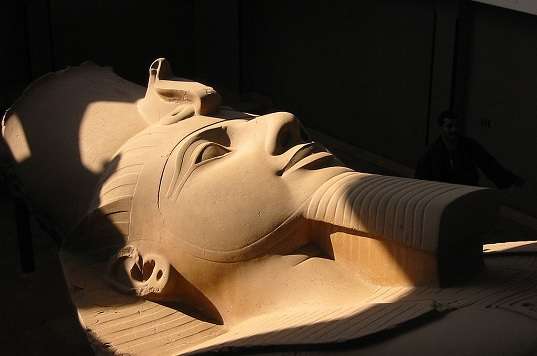
Ruler of the New Kingdom for over 60 years, Ramses II is considered one of the most powerful pharaohs of ancient Egypt. During his reign from around 1279 BC. until his death in 1213 BC, Ramses II built a number of remarkable temples, including the Ramesseum and the temples of Abu Simbel. He was also regarded as a military genius, with an army of 100,000 men. His legacy was so significant that at least nine other pharaohs were named after him.
Thutmose III (1481 - 1425 BC)
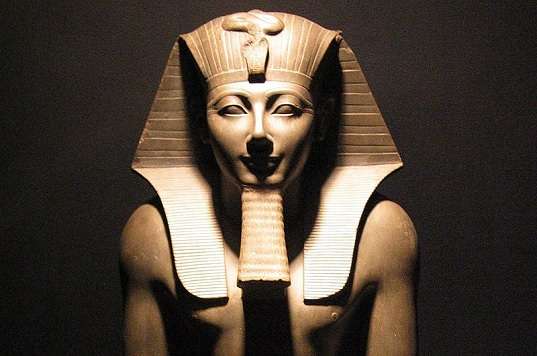
Thutmose III, who reigned from 1479 BC. until 1425 BC., is also called the Napoleon of ancient Egypt. For the first 22 years, he ruled together with his stepmother, Hatshepsut. After she died, Thutmose III was at the helm of creating the largest empire Egypt had ever seen. His military conquests, among others at Megiddo and Kadesh, brought great wealth to the country and turned Thutmose III into a national hero.
Hatshepsut (c. 1507 - 1458 BC)
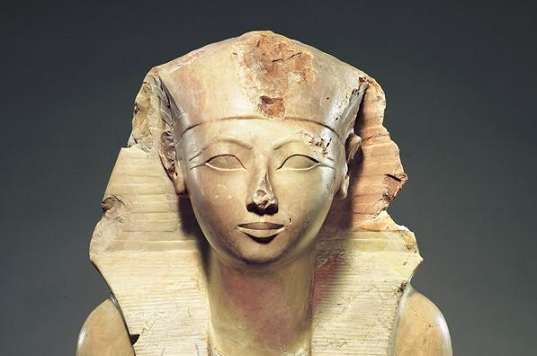
Hatshepsut claimed the role of pharaoh while serving as regent to Thutmose III, who was too young to take over the reins on his own after the death of his father, Thutmose II. Even as co-regent Hatshepsut ruled for 22 years and was very successful. She commissioned the construction of hundreds of buildings and statuary. Today, there is even a Hatshepsut Room displaying some of these sculptures in the Metropolitan Museum of Art in New York City. Egypt prospered and experienced a long period of peace under Hatshepsut’s reign. However, Thutmose III removed her image from all temples and monuments when she died.
Cleopatra VII (69 - 30 BC)

Like Hatshepsut, Cleopatra VII took on the position of a dominant ruler during her co-regencies of Egypt together with her two younger brothers and later her son. She was the last ruler of Ptolemaic Egypt before the country became a province of the Roman Empire. Cleopatra’s beauty and intelligence are legendary. Her romantic liaisons with Roman leaders Julius Caesar and Mark Antony have captured the imaginations of many people during the course of history.
Akhenaten (c. 1380 - 1336 BC)
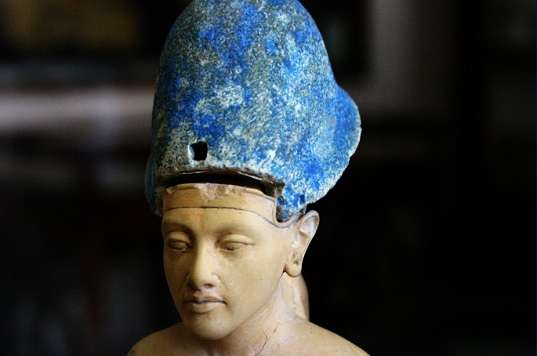
Akhenaten ruled for 17 years during the 18th Dynasty of Egypt (from around 1353 BC to 1336 BC.). He is mostly remembered as the hieratic pharaoh who forbade traditional worship of Egyptian gods in favor of the Aten, the disk of sun in ancient Egyptian mythology. However, the country returned to its former forms of worshipping after his death. Akhenaten’s queen, Nefertiti, is perhaps just as famous as he is. He granted her so much power that she is considered by some to have been his co-regent.
Djoser (c. 2650 - 2575 BC)

Djoser, also read as Zoser, was the 2nd king of ancient Egypt’s 3rd Dynasty. He reigned for at least 19 years between 2700 BC. and 2601 BC and was the first pharaoh to live exclusively in the royal capital, Memphis, which is southwest of modern Cairo. Djoser was responsible for the first step pyramid, where a flat-topped rectangular structure made room for a six-stepped pyramid. Djoser is also famous because of a painted limestone statue of him that is considered to be the oldest known life-sized Egyptian statue.
Khufu (c. 2620 - 2566 BC)
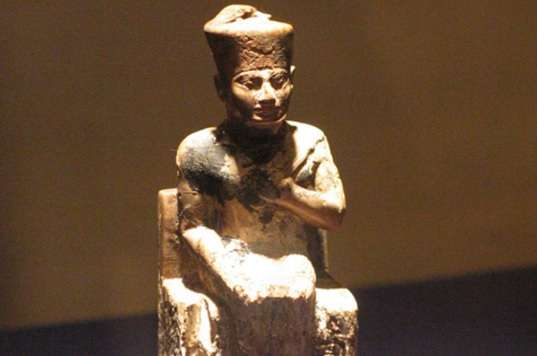
Khufu is synonymous with the Great Pyramid of Giza, which he had built during his reign of at least 24 years during the 4th Dynasty. The Great Pyramid originally stood 481 feet tall and remains the oldest of the Seven Wonders of the Ancient World. Of Khufu, who was also widely known as Cheops, only one small ivory statue of about 9 cm has survived time almost fully intact. The Khufu Statuette was restored after its discovery in 1903 and can be seen in the Egyptian Museum of Cairo.
Amenhotep III (c. 1411 - 1353 BC)
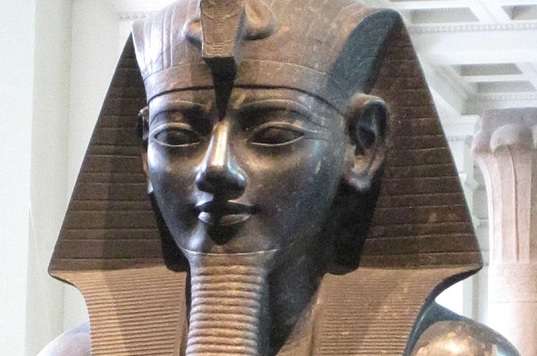
Another prolific builder, Amenhotep III’s reign of almost 40 years during the 18th Dynasty (1570 BC. to 1293 BC.) was characterized as stable and prosperous. He became pharaoh at the young age of 12 after the death of his father, Thutmose IV. Amenhotep III took advantage of Egypt’s international power and prosperity during his reign to erect numerous splendid temples, monuments, and statuary. He was responsible for the Temple of Amun in modern-day Luxor, while more than 250 statues of himself have been discovered and identified.

List of 15 Most Worshiped Ancient Egyptian Gods and Goddesses
Learn about the most prominent gods and goddesses of Ancient Egypt.
Explore Now